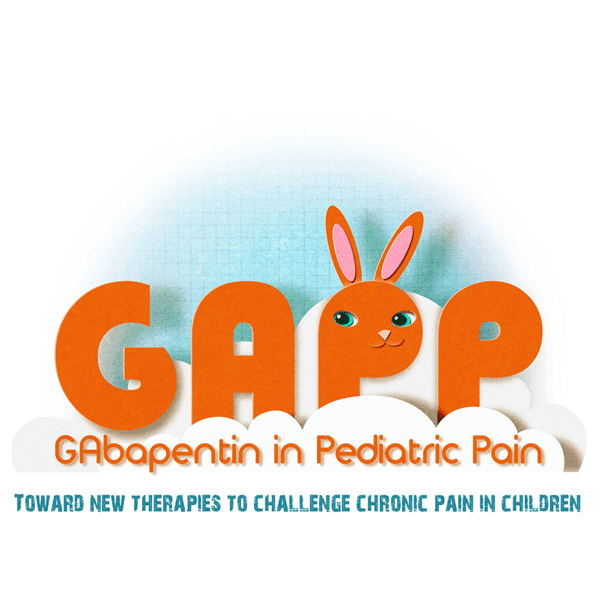


The article “The research gap in chronic paediatric pain: A systematic review of randomised controlled trials” has been recently published in the European Journal of Pain on behalf of GAPP Consortium.
The review assessed the characteristics and quality of randomized controlled trials (RCTs) evaluating the use of pharmacological or non-pharmacological interventions in children and adolescents (3 months-18 years) with pain persisting or re-occurring for more than 3 months.
A total of 58 RCTs were identified through a systematic search of PubMed, Embase and the Cochrane Library up to July 2017. Median sample size was 47.5 participants and the 45% of RCTs included both adults and children. The median of the mean ages at inclusion was 12.9 years and the majority of the RCTs selected focused on the evaluation of non-pharmacological interventions in children with headache – migraine or abdominal pain and none involved children of <2 years of age.
Clinical trials to evaluate intervention to treat chronic pain are difficult to design, conduct and interpret even in adult practice considering the absence of diagnostic tools and the difficulties in classifying chronic pain. However, as stated by the authors, paediatric pain research has to face additional challenges such as the small number of children and adolescents presenting certain types of chronic pain and the difficulties in the choice of an adequate comparator to test therapeutic interventions since placebo-controlled trials (the gold standard for drug testing) are not ethically acceptable in many of these situations. Moreover, recruitment and retention difficulties represent other challenges observed in the RCTs analysed.
For all these reasons, pharmacological intervention in chronic paediatric pain remains empirical and mainly based on extrapolation of therapeutic options from adults. To tackle the challenges highlighted, the authors suggested three possible ways. Firstly, they underlined the need to develop appropriate diagnostic tools to properly identifying ongoing painful conditions in children and adolescents. Moreover, they suggested to evaluate, behind pain intensity, also the quality of life or satisfaction with treatment to better evaluate benefits of the promising therapies. Finally, they underlined that there is an urgent requirement of innovative methodologies in this specific field that could be addressed within international expert initiatives.
Here you can find the link to the publication.